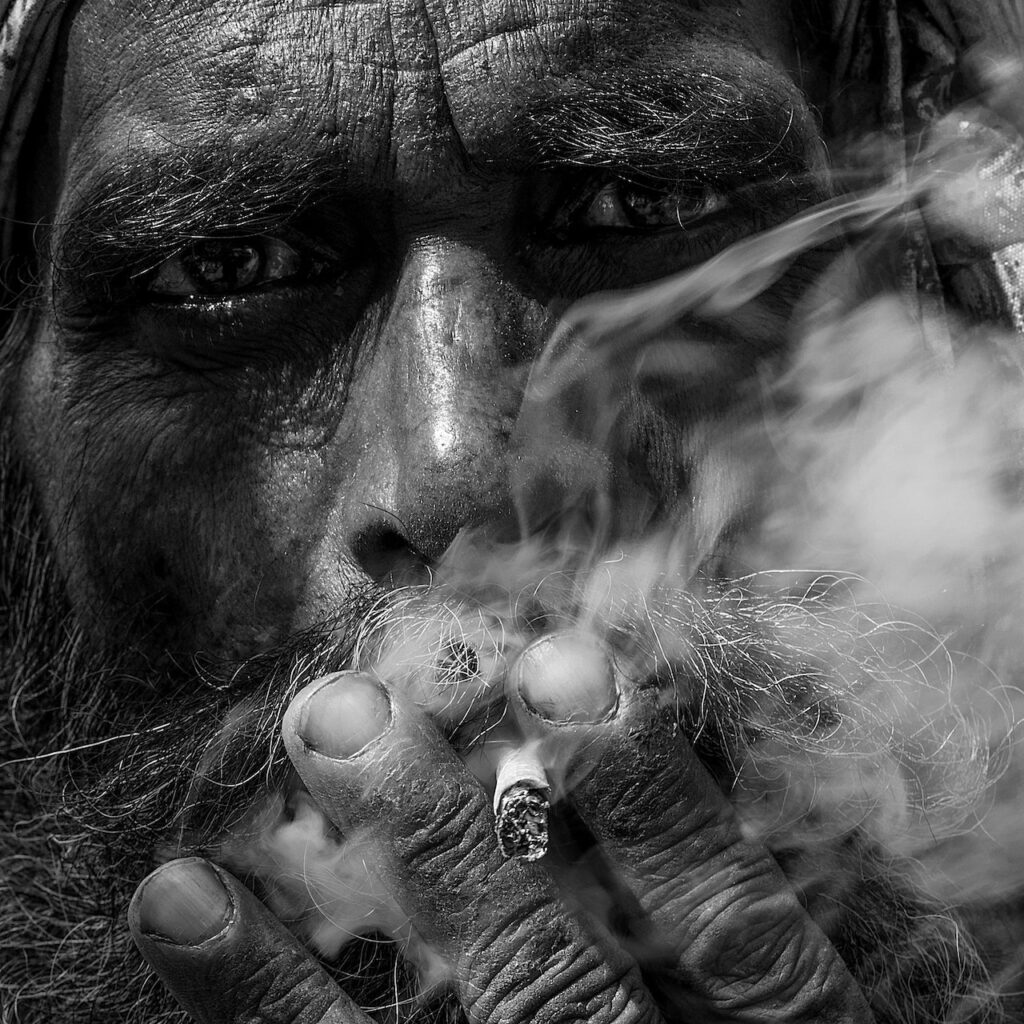Stand still, smile, and cheese! Portrait photography is a popular, captivating art with increasingly competitive “stand-out” images. It takes a combination of technical skills and artistic vision to produce a portrait-style photo. An artist must convey their subject’s personality, emotions, and character through an image.
Read below some tips on how to capture the essence of a person.
Portrait Photography Breakthrough
The goal of portrait photography is to generate images emphasizing the subject’s features, expressions, and emotions in a way that reveals a story or particular mood. There are various portraits, from formal or posed studio shots to candid, natural environment in-the-moment pictures.
It is the photographer’s job to make the customer comfortable. Therefore, an artist should have technical skills such as lighting or composition and be able to connect with the subject to evoke authentic emotions.
One should start a conversation before picking up the camera to capture fleeting moments. When photoing a young girl on the verge of a temper tantrum because her brothers are teasing her in the background of their family portrait, start connecting with the child. One could use a nursery rhyme about how brothers are made of frogs and snails and puppy dog tails and sisters are sugar, spice, and everything nice. The girl may giggle and begin to trust the artist, expressing her emotions to the camera. It’s noteworthy to establish a relationship with one’s subject.
Unbeatable Technical Techniques
Vanelli, an accomplished photographer, educator, and author from Florida, states, “Learn the rules like a pro but break them like an artist.” Some necessary techniques in portrait photography are how the camera lens works, managing angles and composition, and choosing the correct location.
The environment poses as a mood stabilizer for the consumer. Picking an atmosphere that compliments what the artist or the customer has ordered can provide positive results. For instance, if a customer wants to be photographed with cupcakes around her while eating some. With food, one thinks of clean surfaces or a kitchen. If the artist instead picks a street tunnel to photograph the client, the image’s intent may differ from what the customer wanted. Within that same scenario, the atmosphere would have also affected the smile on the customer’s face. If creating a bond between patron and artist was already established, the client probably did what the artist asked, trusting their technique. As a photographer, be observant of how the other person is feeling.

Jaw-Dropping Artistic Vision
The eyes are the porthole to the soul. A compelling portrait captures the person’s physical appearance and tells the story of who they are. Focusing the camera on the client’s eyes can provide a gateway to their authentic emotions and personality.
Lighting also plays a crucial role in portrait photography. Natural light, diffused light, and artificial light help provoke a mood. Back to the example of cupcakes and the street tunnel, if the image intends to represent an overcoming struggle with overeating. Then, the harsh darkness of the tunnel will reduce in the soft, diffused light, inventing this story of light and dark.
An artist should experiment with different techniques, styles, and approaches. One must learn from success and mistakes to refine their skills and develop a unique method.
Conclusion
Seizing the essence of a person takes more than technical skills- it includes making connections, paying attention to emotions, and depicting them in a visual representation. The ability to relate to their subjects creates a comfortable environment, leading to candid photos of their personality. An artist must keep practicing and observing to grow as a portrait photographer continually.
For more on anything art, visit FerryGodmother.com.

